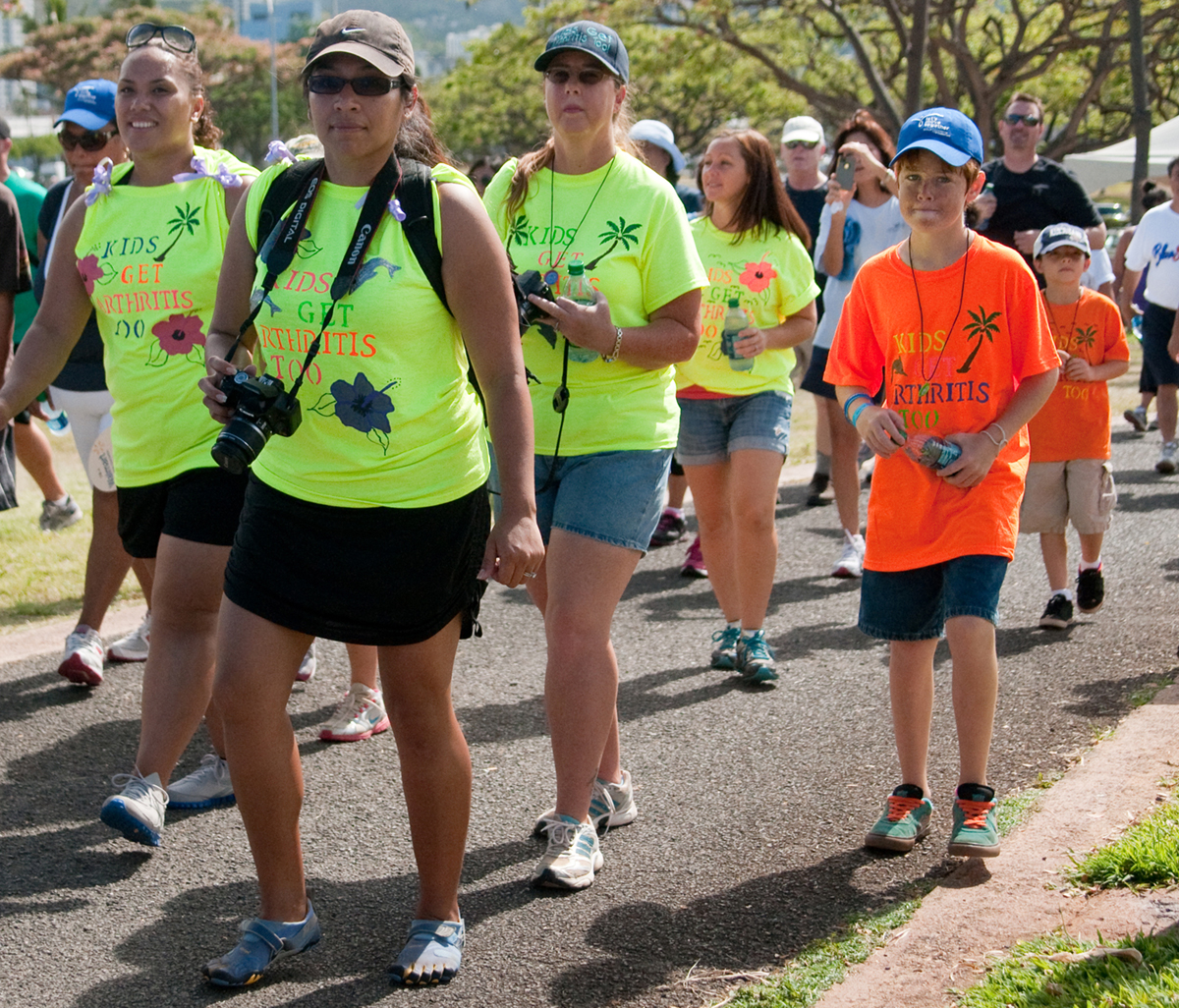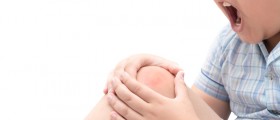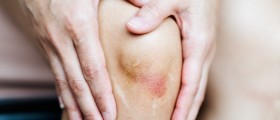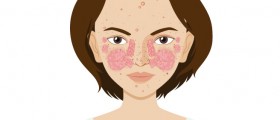
Arthritis is an inflammation of joints that commonly leads to swelling and pain of the affected joints. The joints are warm to touch. It is estimated that approximately 300,000 children in the United States suffer from some form of arthritis. The disease may last a few weeks or months or become chronic and cause problems for years.
The most common form of juvenile arthritis is juvenile rheumatoid arthritis. This form of arthritis is also known as juvenile idiopathic arthritis. Juvenile idiopathic arthritis is different from arthritis that commonly affects adults and from other forms of arthritis that may occur during childhood (ankylosing spondylitis, psoriatic arthritis). The condition generally affects children between the age of 6 months and 16 years. The initial symptoms and signs of joint inflammation are swelling, pain and redness of the nearby skin.
Causes of Juvenile Arthritis
The actual cause of juvenile arthritis has not been identified yet but some research indicate that the condition is autoimmune in origin. The immune system is normally involved in process of elimination of all the foreign particles that enter the body (particularly infective agents). However, in autoimmune illnesses the immune system acts against the very body and sends specific cells which attack normal body cells.
Types of Juvenile Arthritis
Juvenile arthritis can be classified into three major types, oligoarticular juvenile rheumatoid arthritis, polyarticular juvenile rheumatoid arthritis and systemic juvenile rheumatoid arthritis.
In oligoarticular juvenile rheumatoid arthritis the affected joints (most commonly the knees and the wrists) are swollen, stiff and painful. Together with inflammation of joints a patient may also develop iridocyclitis, iritis or uveitis.
Polyarticular juvenile rheumatoid arthritis predominantly affects girls. In this type or arthritis the inflammation affects small joints of the hand and weight-bearing joints (the knees, hips, ankles, feet and neck). The patient may develop fever and bumps/ nodules on the body parts that are subjected to pressure.
Systemic juvenile rheumatoid arthritis is accompanied by high fever, paleness or rash. The rash develops rapidly, then disappears and tends to reoccur. This type of arthritis carries an increased risk for spleen enlargement as well as enlargement of lymph nodes. The inflammation affects many joints in the body.
Treatment for Juvenile Rheumatoid Arthritis
Juvenile rheumatoid arthritis is treated by medications, physical therapy and exercises. The goal of the treatment is alleviation of pain and reduction of inflammation. The treatment also restores damaged function of the joints.
Inflammation caused by juvenile rheumatoid arthritis is brought under control with non-steroidal anti-inflammatory medications. The child may be also prescribed corticosteroid injections that are administered right into the affected joint. In case the previous drugs do not provide with desirable effects the child may be prescribed methotrexate.
Physical therapy is essential in management of juvenile rheumatoid arthritis. A well experienced therapist prescribes specific exercises which restore flexibility of the affected joints and strengthen the surrounding muscles. Patients are also encouraged to engage in sports such as swimming, cycling etc. These are considered safe activities which stimulate rehabilitation and improve range of motions.

















Your thoughts on this
Loading...